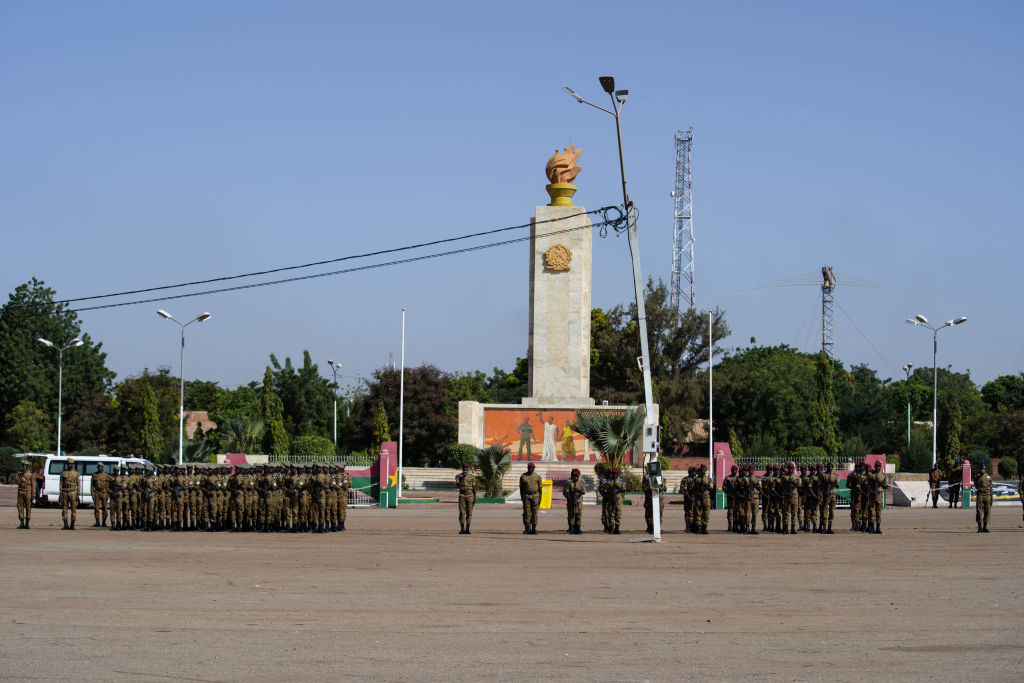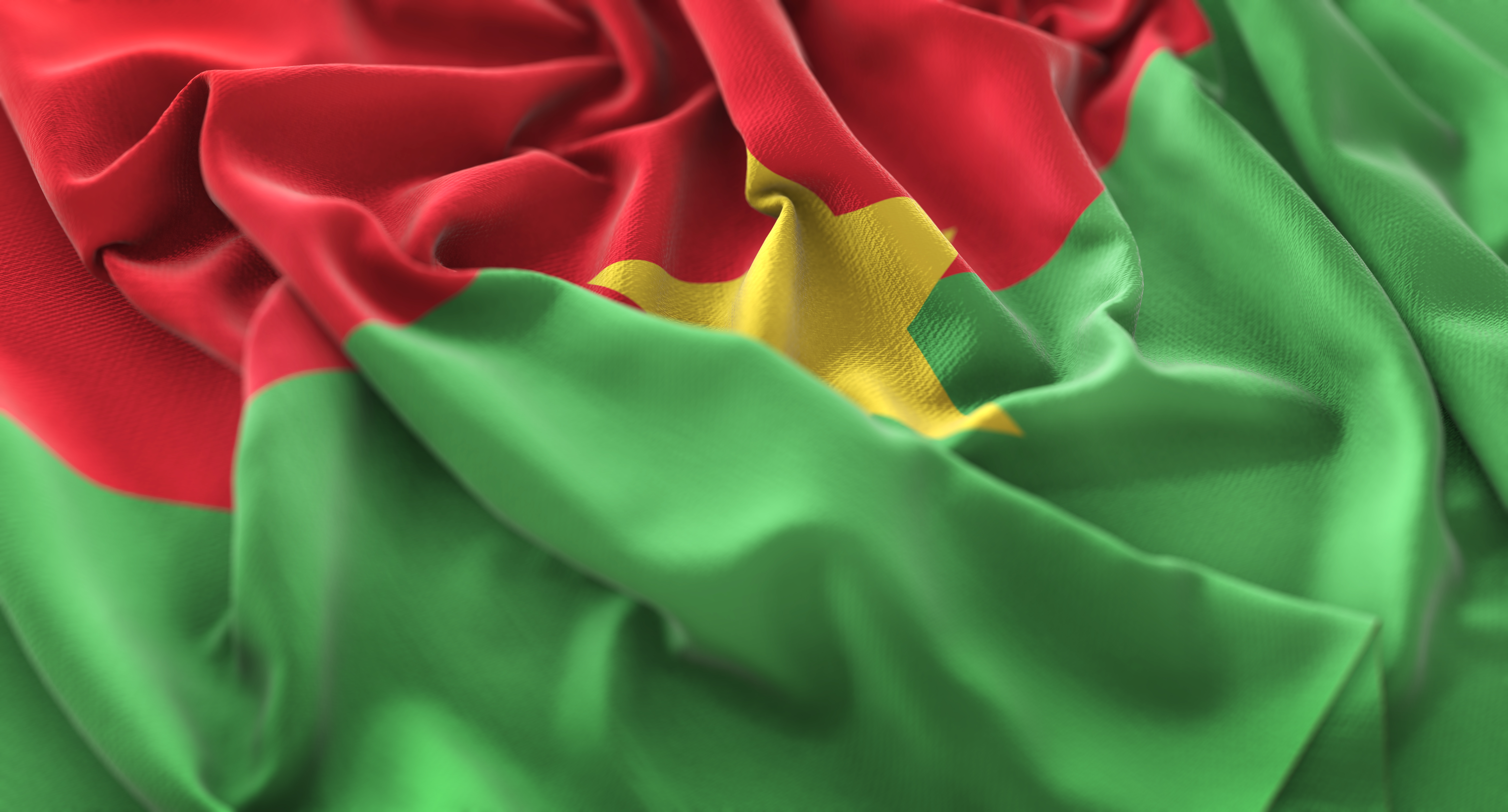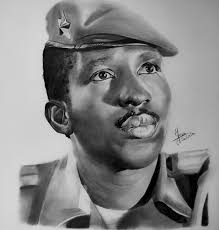Pre-Colonial Times
Long before European maps marked its borders, the land we now call Burkina Faso was a tapestry of thriving kingdoms and chiefdoms. From the 11th century onward, the Mossi peoples established powerful Mossi Kingdoms such as Ouagadougou, Yatenga, and Tenkodogo each ruled by a Moro Naba (king) and supported by a sophisticated administrative system of nobles, elders, and warrior classes.
These kingdoms developed elaborate agricultural techniques, including millet and sorghum cultivation, and built earthen walls and mosques that still stand today. Along the southern reaches, the Gurma, Lobi, Bobo, and Gourmantché peoples shaped their own political structures, linked by trade routes carrying gold, kola nuts, salt, and textiles.
Oral historians preserved heroic epics, origin myths, and genealogies, ensuring that each group’s unique language, music, and social customs would endure through centuries of change.

Colonial Era
In the 1880s, French explorers and military columns advanced into the heart of West Africa. By 1896, the Mossi kingdoms had fallen, and the French colonial administration carved the territory into Upper Volta, a component of French West Africa.
Under colonial rule, traditional leadership was co‐opted into “indirect rule” Mossi chiefs became intermediaries for tax collection and forced labor quotas. Vast cotton plantations supplanted subsistence farms, and the construction of railroads and roads prioritized the extraction of resources for export.
Missionary schools introduced French language and Christianity alongside remnants of Islam. Yet African resistance never fully died out: small‐scale revolts, village‐level protests, and spiritual movements (like the Bori cult) continued to challenge colonial authority, keeping alive the dream of self-determination.

Independence and Modern History
After World War II, growing pan-African sentiment and the formation of political groups such as the Voltaic Democratic Union paved the way for decolonization. On August 5, 1960, Upper Volta achieved independence under President Maurice Yaméogo.
However, his one‐party rule soon faced protests over austerity measures and corruption. A peaceful coup in 1966 ushered in military governance, leading to successive juntas.
In 1983, Captain Thomas Sankara seized power, igniting a visionary “Democratic and Popular Revolution.” He renamed the nation Burkina Faso “Land of Upright People” and launched sweeping reforms: national literacy campaigns, women’s rights initiatives, nationwide vaccination drives, and environmental projects to halt desertification.
Though assassinated in 1987, Sankara’s ideals endured, influencing subsequent leaders and inspiring social movements internationally. In the decades that followed, Burkina Faso navigated challenging transitions: from Blaise Compaoré’s long rule (1987–2014), during which economic reforms and periodic unrest coexisted, to the popular uprising that ousted him in 2014.
Today’s Burkina Faso continues to balance tradition and modernity embracing multiparty democracy, confronting security threats in the Sahel, and harnessing innovations in agriculture, arts, and technology. The story of Burkina Faso remains one of resilience: a nation forged in the crucible of powerful kingdoms, tempered under colonial yoke, reborn through revolutionary fervor, and ever-striving toward the promise of dignity, unity, and progress.

